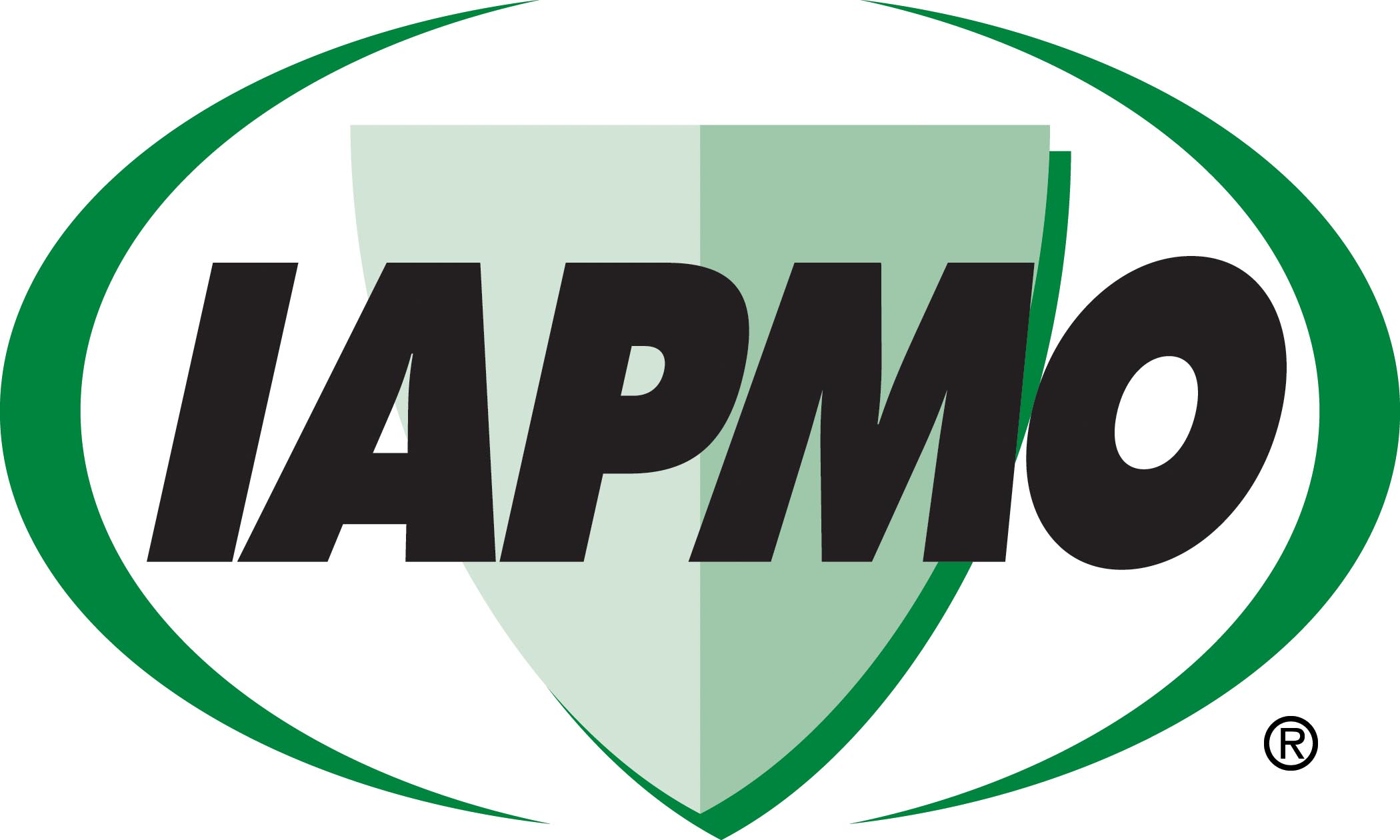Taken from the Online Editions of the UPC & UMC Answers & Analysis

SUBJECT: Finished Curb or Threshold
SECTION: 408.6 (2024 UPC)
Question:
I’m requesting an interpretation on UPC 408.6 with regard to finished curb and threshold. The shower in question has a shower door that is 27 inches wide, however there is a bench that is located just 5 inches inside the shower door and is 13 1/4 inches wide and 37 inches long and is located to the right of the door. The bench obstructs the shower access to 17 inches. The shower door opens outward into the bathroom and is unobstructed.
- Is the location of the shower bench considered an obstruction because it the limits the access in and out of the shower to 17 inches? Does the obstruction of the shower bench violate the code requirement that the shower door maintain an opening not less than 22 inches unobstructed for egress?
- Does the interpretation of code section 408.6 that the shower doors should open as to maintain a not less than 22 inch unobstructed opening for egress mean that an object such as a box or wheelchair that is 22 inches wide should be able to fit through the shower door opening in both directions going in and out of the shower to maintain egress requirements? If an object that is 22 inches wide does not fit through the opening does this violate the code?
- Can the location of a shower bench obstruct the access and egress requirements for a shower door even though it is not touching the threshold?
Section 408.6 included segments on shower slope; the finished floor of the receptor shall slope uniformly from the sides to the drain not less that 1/8 in per foot, no more than 1/2 inch per foot.
- Does the pitch toward the drain have to be constant or can it range from 1/4 inch per foot to 1/2 inch per foot toward the drain?
- I have observed that there is an area from the back wall opposite the shower door, where the shower slope toward the drain is greater than 3/4 inch per foot. According to code interpretation, can a shower slope be greater than 1/2 inch per foot toward the drain in any part of the shower?
Answer:
- Yes, this is a violation of 408.6 Finished Curb or Threshold. Thresholds shall be of sufficient width to accommodate a minimum 22-inch (559 mm) door. Shower doors shall open so as to maintain not less than a 22 inch (559 mm) unobstructed opening for egress.
- Yes, to a height of 70”, with the exception of valve, soap dish, grab bar, etc. Yes, see response No. 1.
- No, see response No. 1.
Section 408.6 slope
- Yes, this is allowed. In a shower where the floor space is not equal to the walls from the center of the drain the slope may very between 1/8 and 1/2 inch per foot.
- No, the code expressly states: “no more than 1/2 inch per foot.”
SUBJECT: Hot and Cold Water Required
SECTION: 601.2.1 (2024 UPC)
Question:
- Does 601.2.1 allow for cold water only plumbing for hand washing stations that are located e.g. in a structure (i.e. lunch pavilion) that is separate from a building on site, where providing HW is difficult or infeasible?
- Our Design Guidelines currently stipulate cold water only plumbing for general and kindergarten classroom sinks where we also mount paper towel holders and hand soap dispensers, does 601.2.1 mean we must also provide tempered water?
Answer:
- No, per 601.2.1 Hot and Cold Water Required. In occupancies where plumbing fixtures are installed for private use, hot water shall be required for bathing, washing, laundry, cooking purposes, dishwashing, or maintenance. In occupancies where plumbing fixtures are installed for public use, hot water shall be required for bathing and washing purposes.
- Unless this is an amendment by the AHJ, tempered water would be required per 601.2.1.
SUBJECT: Downdraft Appliance Ventilation
SECTION: 518.1 (2024 UMC)
Question:
- Does the code address that Type II downdraft exhaust system is not allow for non-grease and non-smoke appliance?
- Can we use Type II downdraft exhaust system for this non-smoke and non-grease appliance in our design?
Answer:
- No. The Uniform Mechanical Code does not address that a Type II downdraft exhaust system for a non-grease and a non-smoke appliance cannot be used. Section 518.0 does not prohibit Type II downdraft exhaust systems that would serve appliances that produce little or no grease. If the downdraft ventilation system is classified as Type II, provisions of Section 510.1.7 would be applicable to the ductwork.
- Yes, if the Authority Having Jurisdiction, under provisions of Section 508.1 of the UMC, makes the determination that the hot pot appliances are of Type II and not Type I because grease or smoke is not present, or if the cooking appliance meets UL 710B [Section 508.1(1) requirements] then the ductwork requirements for a Type II exhaust system can be used. The AHJ would take into account the type of food being cooked and specify the amount of grease produced. If the cooking process uses oil or animal protein, grease laden vapors will be produced. The amount of these vapors will determine if a Type I duct is required. If the downdraft ventilation system is classified as Type I, provisions of Section 510.1.3 would be applicable.

IAPMO
IAPMO develops and publishes the Uniform Plumbing Code®,the most widely recognized code of practice used by the plumbing industry worldwide; Uniform Mechanical Code®; Uniform Swimming Pool, Spa and Hot Tub Code®; and Uniform Solar Energy, Hydronics and Geothermal Code™ — the only plumbing, mechanical, solar energy and swimming pool codes designated by ANSI as American National Standards — and the Water Efficiency Standard (WE-Stand)™. IAPMO works with government, contractors, labor force, and manufacturers to produce product standards, technical manuals, personnel certification/educational programs and additional resources in order to meet the ever-evolving demands of the industry in protecting public health and safety.
Last modified: July 1, 2025
